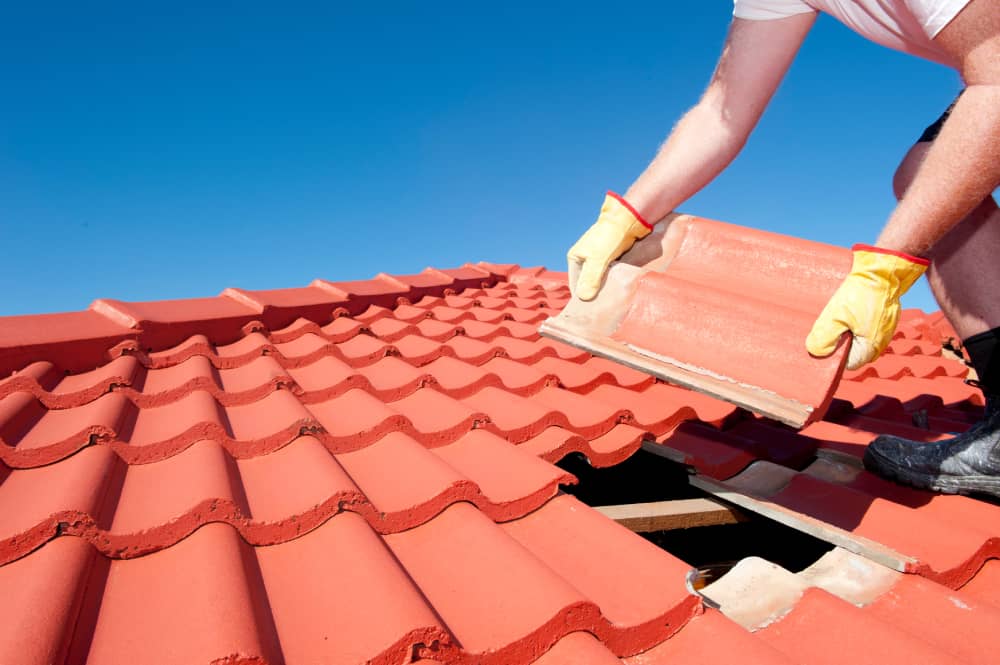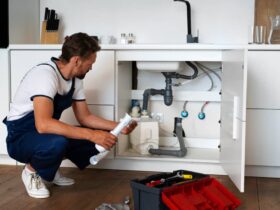Do you want to lower your monthly energy consumption? Are you searching for ways to reduce your carbon footprint? Then a solar panel is something you should seriously consider. The United States is home to over 2 million solar panels. California led the way, accounting for 51% of the first one million home solar panels. The other states where a home solar installation is gaining a huge following include Florida, Texas, Maryland, Rhode Island, and Utah. The idea of installing solar panels is exciting. However, there is an intricate process behind every home solar installation. Continue reading below as we discuss what to expect from a solar panel installation.
A Home Solar Installation Begins With Site Assessment
Before you can experience the long-term savings and other benefits of solar panels, there is a home solar installation process that needs to take place. Interestingly, it begins way before the actual installation of the panels.
The first step is the site assessment. This step is the most important in the sense that it determines if your home is suitable for solar power.
During the initial site inspection, the solar panel contractor will visit your home. He will look at the key attributes of your home and take note of your home’s electrical needs.
This is also the stage where the design process begins. You can expect the contractor to commence with the initial design of your solar panel system. The contractor will consider the unique details and attributes of your home.
Additionally, you can expect the contractor to point out potential issues that may hinder the installation. If trees are surrounding your home, you may need to cut them down for a smoother installation.
The site assessment and design process takes about 1 to 4 weeks before completion.
Securing the Permits
After the initial assessment and design, you will secure an installation permit. You will get this from your local government.
Keep in mind that the process for permitting differs from state to state. Thus, expect your contractor to update you closely during the permitting process.
As for the processing, expect it to involve tons of paperwork. Nevertheless, a solar company should know the ins and outs of permitting and documentation.
Apart from the permits, you also need to apply for are state and federal solar incentives. Examples of these include the solar renewable energy certificates, the federal ITC, and the government rebates.
Expect the permitting process to last anywhere between 2 and 8 weeks.
Sorting the Inverter
The next step in the home solar installation process is ordering the equipment. This involves sorting the inverter. The inverter is the one that collects the electricity that your solar panels will gather.
It is also the inverter that will send the electricity to the grid. As for the location of the inverter, contractors tend to install them on your garage wall. If you don’t have a garage, a spot on your home wall will do.
As the contractor sets up the inverter, you need to disconnect the power from your home. When choosing an inverter, it is best to invest in a durable one. Keep in mind that an inverter doesn’t last as long as the solar panels.
The inverter can last about a decade or so while a solar panel can serve you for at least 25 years.
Selecting the Panels
The next step is selecting the solar panels. If you have no idea what type of panels to invest in, a trusted installer should recommend a good brand for you.
However, there are non-negotiable factors to consider when selecting solar panels. These factors are efficiency, durability, and aesthetics.
Of course, you also need to consider the price. Thus, do some research on some of the best-rated solar panels in the country. Find out what makes them stand out. From there, determine which ones will best suit your requirements.
As for the delivery of the panels, as well as the inverter, expect them to arrive during installation day. You will learn of the date of installation once all your paperwork receives approval.
Another factor that may affect the date of installation is the availability of the installers. Sometimes, many households are queuing for installation. Like with any other installation service, the basis is the first one to complete the requirements becomes the priority.
The Installation Process
When the day of the installation arrives, expect the installers to arrive in full force. This means they’ll be carrying all the necessary equipment like the wires, ladders, and all the other tools for the installation.
First, the installers will prep your roof. They will ensure that all the tiles and shingles are in their proper places. Warped or missing shingles can affect the integrity of the installation.
Once the coast is clear, they will begin installing the electrical wiring. The wires will connect to your home’s electrical panel, as well as the general power system.
After the wring, the installers will set up the racking support for the solar panels. They will attach these racks to your roof’s surface with all the accurate measurements in mind.
After securing the racks, only then can they place the solar panels onto the racking. With the panels in place, they will connect the inverter to the panels.
Government Inspection, Approval, and Activation
After the installation, you need to get approval to connect to the electric grid. Expect a representative from the local government to visit your house. He will inspect the solar installation for any errors with the installation.
The representative will check the safety of the wires. He will determine the durability of the racks and other attachments. You will wait at least two more weeks before getting the interconnection approval.
Learn More About Solar Energy
By understanding the home solar installation process, you can prepare your home accordingly. You can also set your expectations and make better decisions ahead of time.
If you wish to learn more about solar energy, we invite you to read our other articles. We discuss topics that will help you maximize the power of your solar panels.














